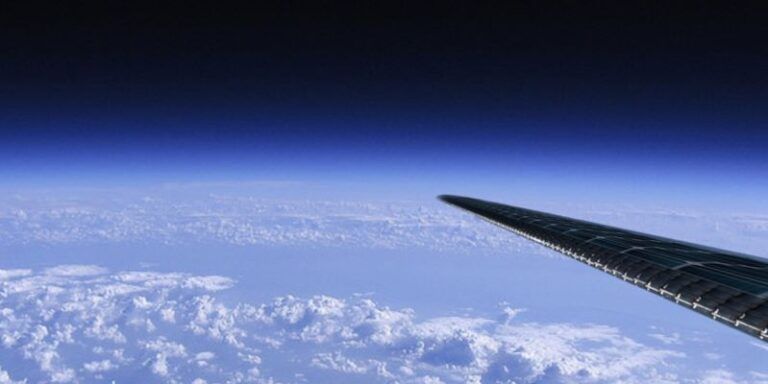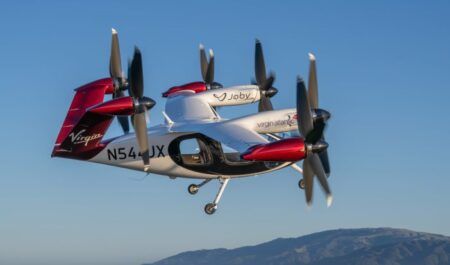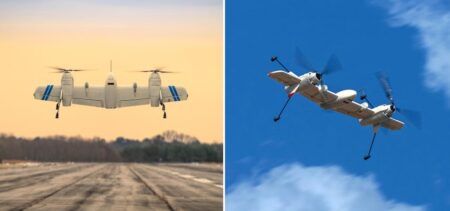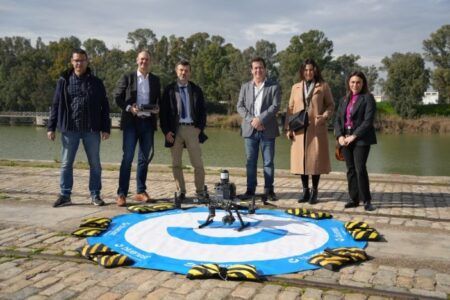Three Australian companies have formed a consortium to develop and test two high-altitude persistent drones called Pegasus.
Drone developer and operator V-TOL Aerospace, battery technology company Li-S Energy and solar panel maker Halocell aim to use innovations in battery technology, aerial drone design and bespoke solar cell integration to build a drone capable of flying in the stratosphere at an altitude of up to 70,000 feet (21 km) for weeks at a time.
V-TOL Aerospace managing director Mark Xavier said, “The V-TOL launch product, Pegasus I, will offer a small fixed-wing long-range platform to conduct hi-resolution surveys of linear infrastructure and broad acre farming. The larger Pegasus II aircraft will be developed to provide a low-cost high altitude multi-purpose capability.”
The prototype drones will bring together Li-S Energy’s patented lithium-sulfur batteries, Halocell’s bespoke perovskite solar cells and V-TOL’s Pegasus fixed-wing aircraft designs to create a family of drones that can undertake a range of long-endurance tasks.
Several drones capable of flying in the stratosphere for extended periods are in development and testing around the world, with companies such as Airbus, BAE Systems and HAPSMobile close to deploying the aircraft for civil and military use, mainly for surveillance and communications.
Similarly, the Pegasus project partners aim to develop its drone for applications such as surveillance and security in remote and regional areas, environmental monitoring, infrastructure inspection, agriculture and disaster relief.
According to Li-S Energy, modelling has predicted that the combination of the three technology platforms could deliver a drone with up to six times the flight time of current small-fixed wing drone aircraft.
Li-S Energy CEO Dr Lee Finniear said, “We are bringing together three innovative Australian companies to build autonomous drones with wide-ranging capabilities,” he said. “This allows us to not only demonstrate the benefits of Li-S Energy cells in practical high-altitude aircraft but potentially build a new sovereign capability for the Australian aviation industry.”
“Our lithium-sulfur battery technology is ideally suited to this type of aerospace innovation, and we see a real opportunity to power the electric aviation revolution.”





